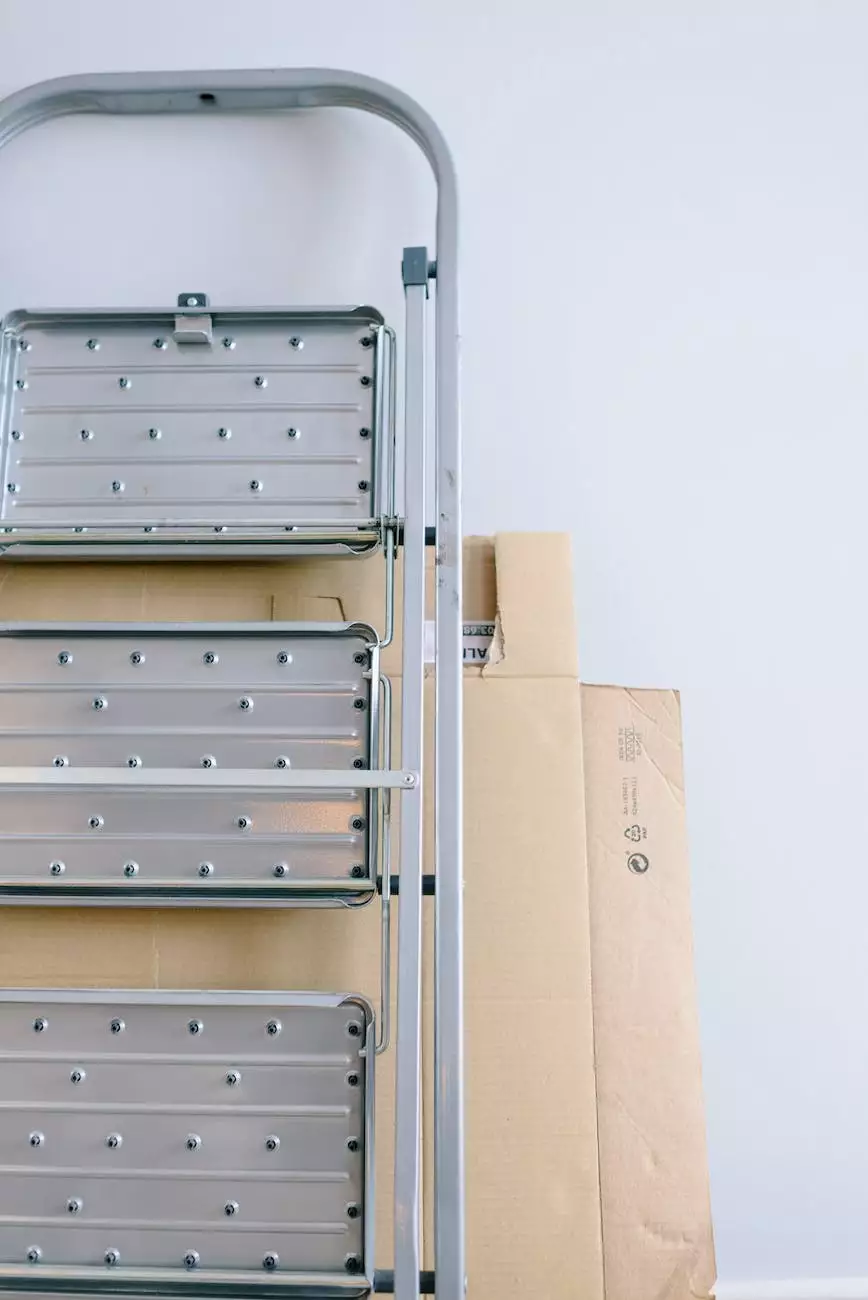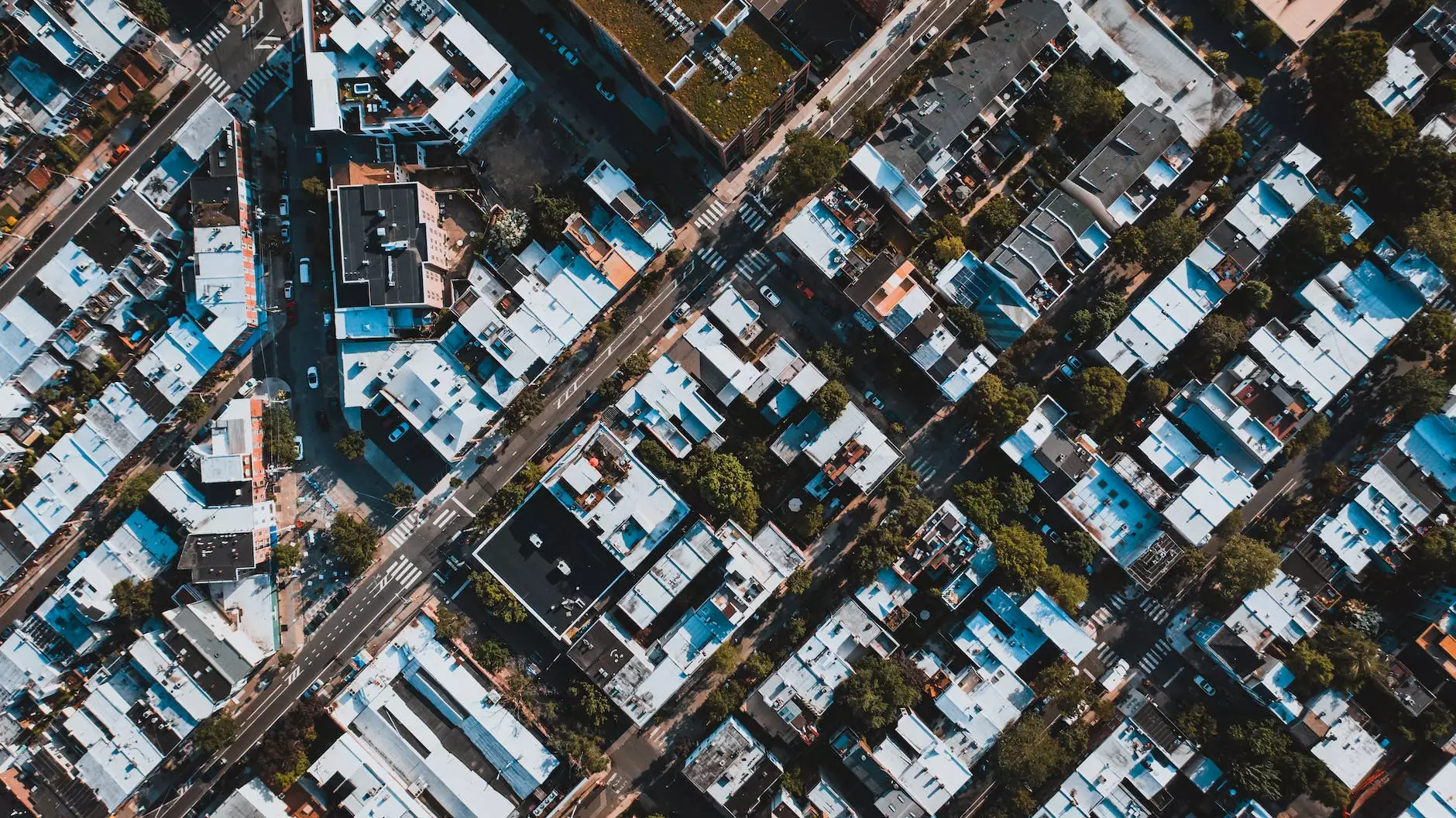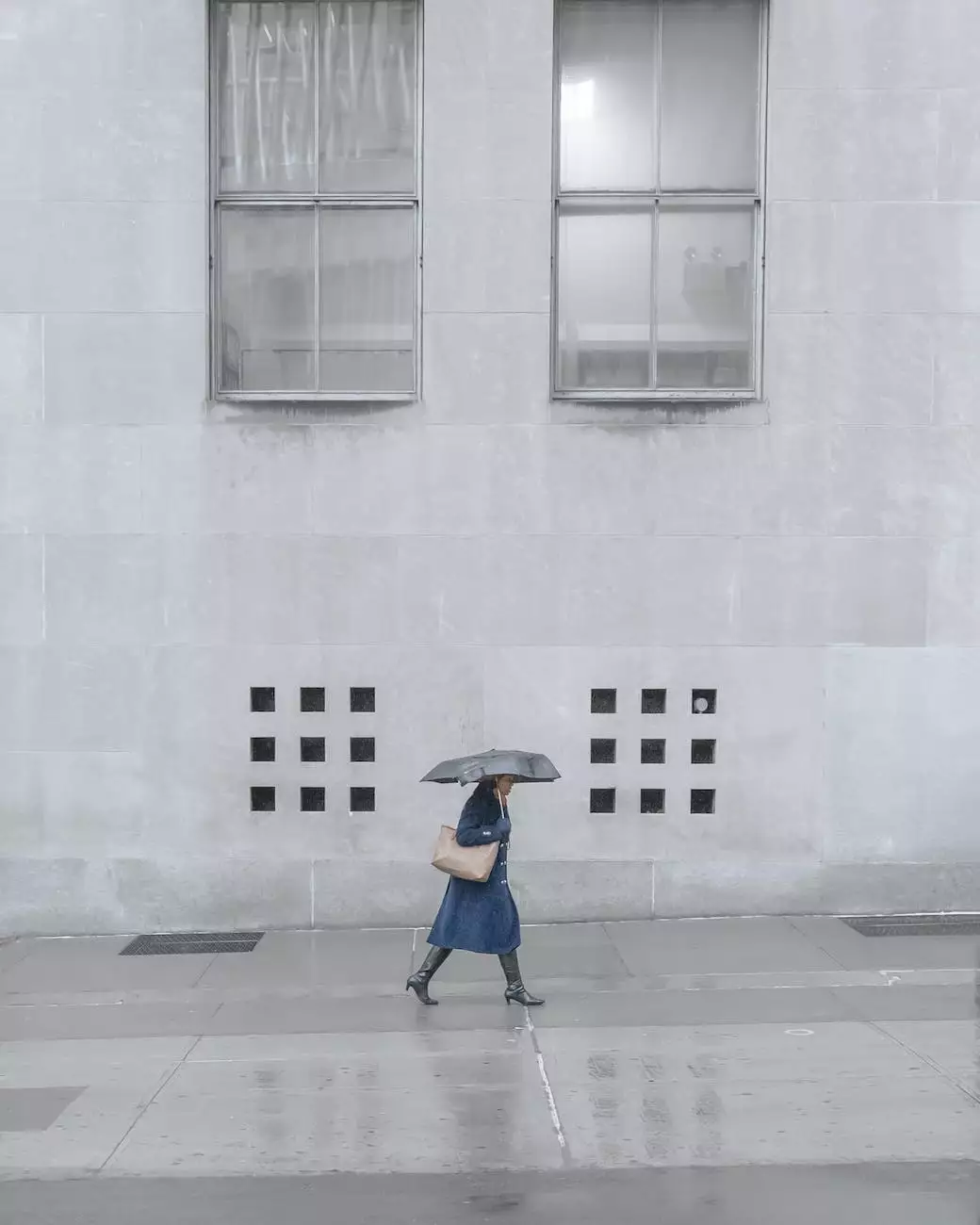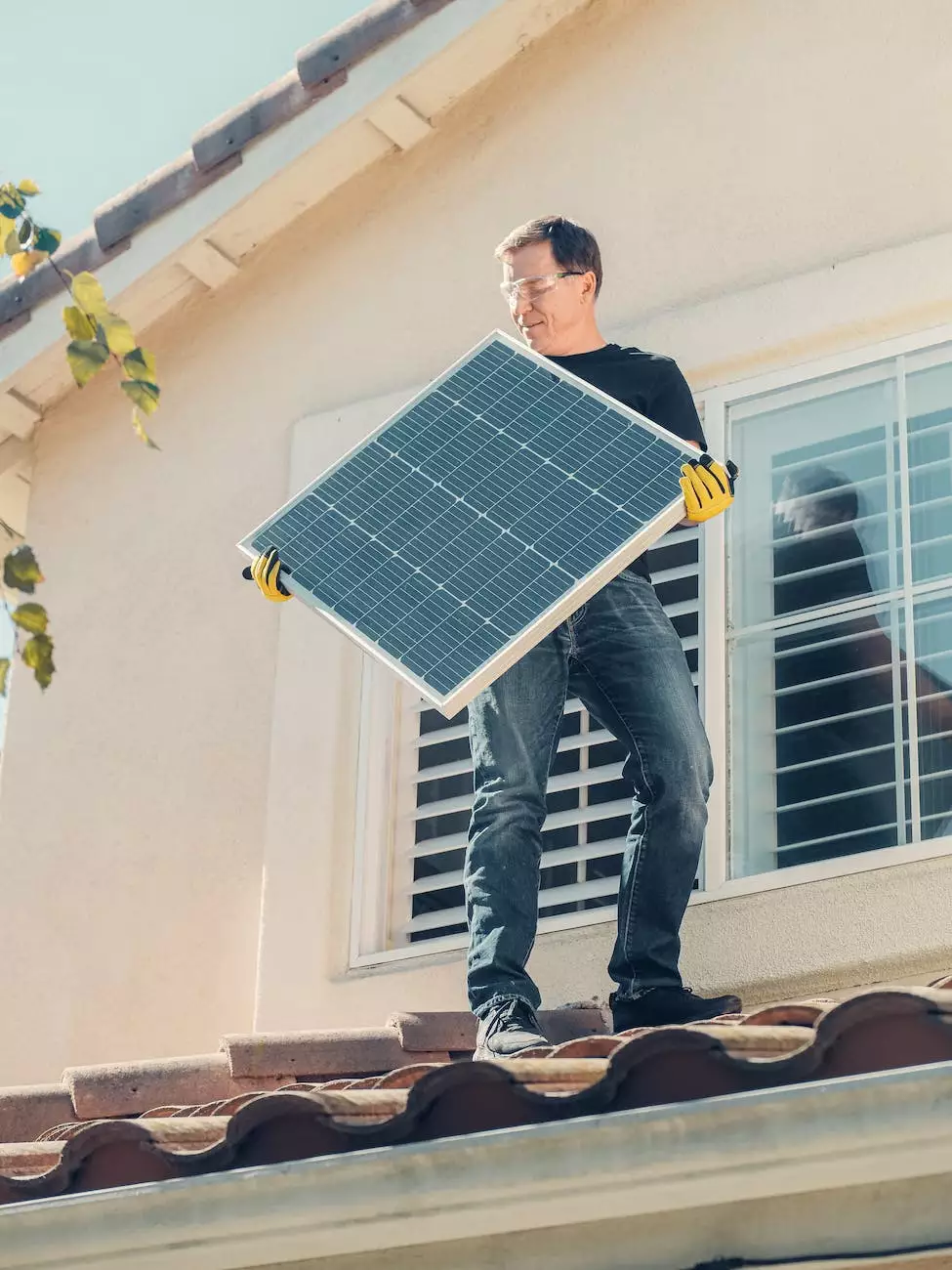How to Inspect Your Roof Without Climbing a Ladder
Roofing
Introduction
Welcome to D R Kes Concrete's comprehensive guide on how to inspect your roof without the need for a ladder. In this guide, we will provide you with valuable information and step-by-step instructions to ensure the safety and integrity of your roof. As experts in home and garden improvement and maintenance, we understand the importance of a well-maintained roof for the overall stability of your property. Let's dive into the details!
Why Inspect Your Roof?
The roof is an essential part of any home or building, protecting your property from the elements. Regular roof inspections are crucial to identify potential issues early on and prevent costly damages in the long run. By inspecting your roof regularly, you can address minor repairs and maintenance tasks promptly, ensuring the longevity and performance of your roofing system.
Inspecting Your Roof Without a Ladder: Step-by-Step Guide
Step 1: Determine the Safe Viewing Distance
Before starting your roof inspection, it is important to determine the safe viewing distance from the ground. Stand far enough to get a clear view of the roof but ensure your safety by avoiding any obstacles or hazards.
Step 2: Use Binoculars for a Close Look
Binoculars are an excellent tool for inspecting your roof from a distance. Look for any visible signs of damage such as missing or broken shingles, curling edges, or areas of discoloration. Pay special attention to areas where different roof planes meet, as these are prone to leaks.
Step 3: Check for Debris and Vegetation
Examine your roof for any debris or vegetation buildup. Leaves, branches, or other objects can block gutters and lead to water damage. Trim overhanging tree branches that may be scraping or damaging your roof.
Step 4: Inspect Flashings and Seals
Flashings and seals play a crucial role in keeping your roof watertight. Inspect them for any signs of damage, such as cracks or gaps. Damaged flashings and seals can cause leaks and require immediate attention.
Step 5: Look for Pest Infestations
Roofs can attract pests, such as birds, rodents, or insects. Check for any signs of nests, droppings, or chewed materials. Pest infestations can compromise the structural integrity and insulation of your roof.
Step 6: Assess the Chimney and Ventilation
Inspect the chimney and ventilation systems on your roof. Look for cracks, loose bricks, or damaged flashing around the chimney. Ensure proper ventilation to prevent moisture buildup, which can lead to mold and rot.
Step 7: Evaluate the Gutters and Downspouts
Check your gutters and downspouts for debris accumulation or clogging. Clean them regularly to prevent water backups, which can damage your roof and foundation. Consider installing gutter guards to minimize maintenance.
Step 8: Note Any Roof Discoloration
Take note of any roof discoloration or staining. Discoloration can indicate moss or algae growth, which should be addressed promptly to prevent further damage to your roof's surface.
Conclusion
By following this comprehensive guide on how to inspect your roof without climbing a ladder, you can ensure the safety and longevity of your roofing system. Regular roof inspections, coupled with professional maintenance by D R Kes Concrete, will help you identify and address issues before they escalate. Don't compromise on the integrity of your roof – contact us today for expert concrete steps services in Minnesota. Trust D R Kes Concrete for all your home and garden improvement and maintenance needs!




